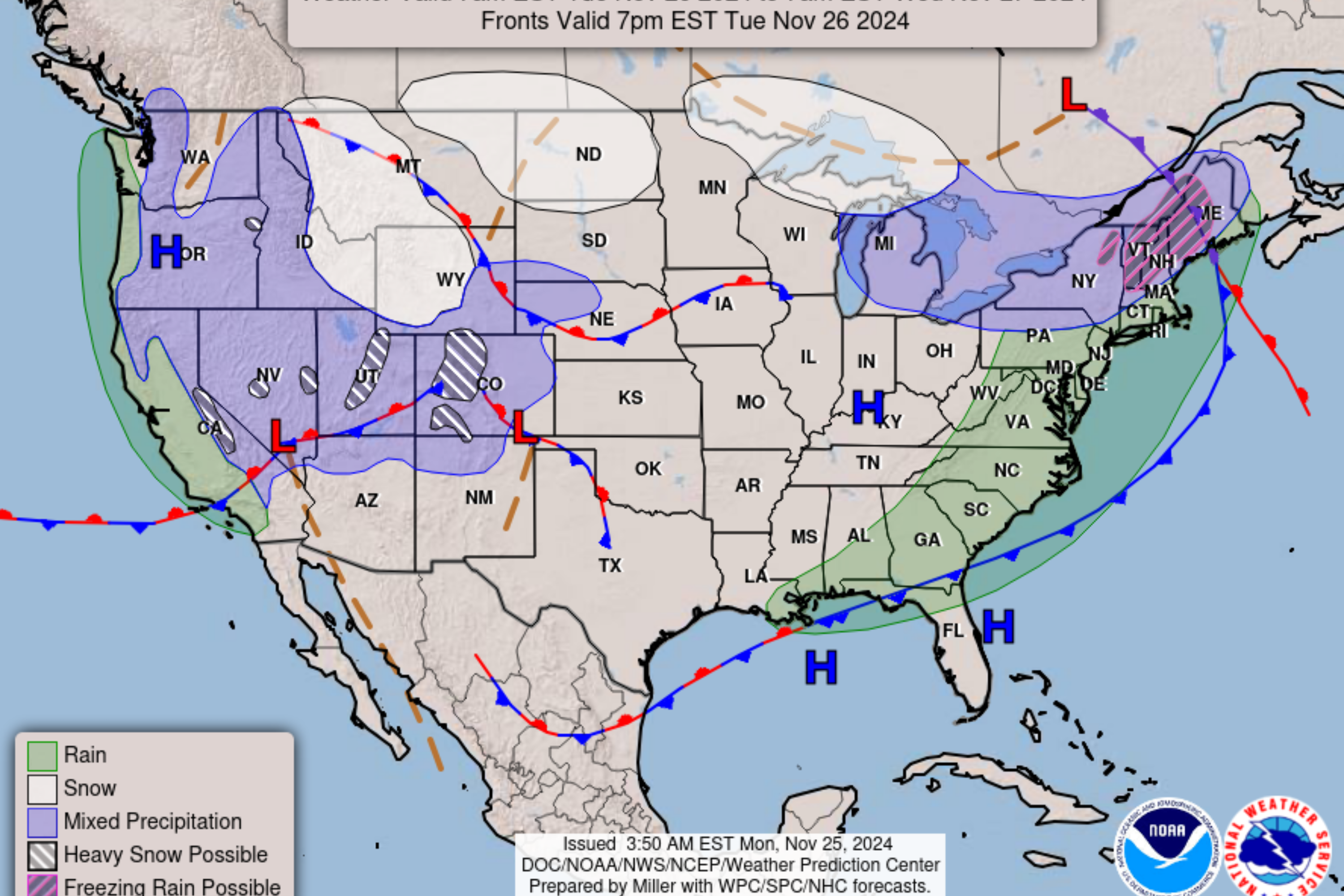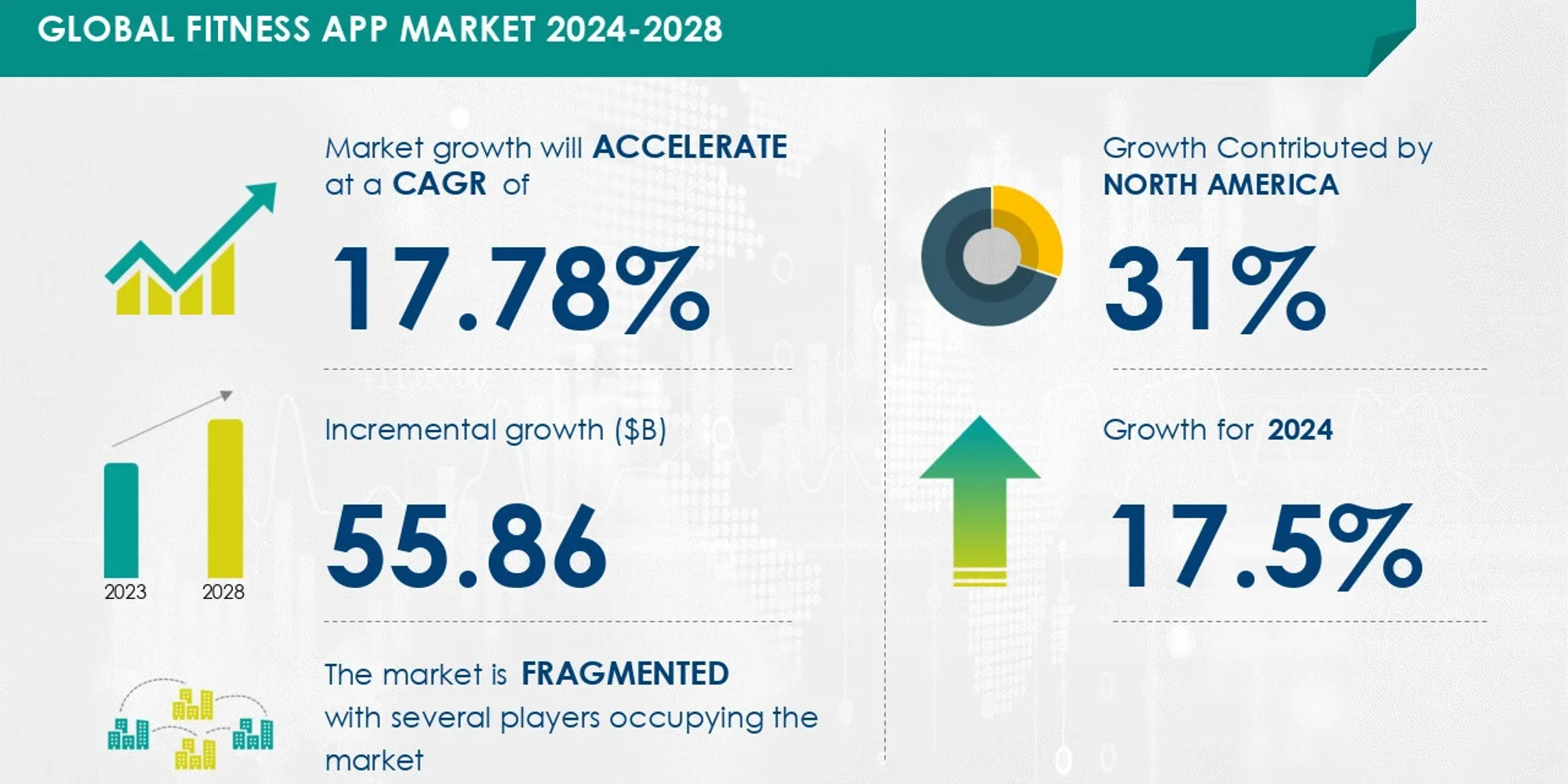Jobs
Report: Clean energy jobs across Midwest grew 3.9% in 2023

There have been at least 85 massive clean energy projects announced across the Midwest since 2022, and clean energy jobs were growing four times faster than overall jobs in the region, according to a report by renewable advocates.
In 2023, there were 761,051 jobs in the combined clean energy and clean vehicle sectors across 12 Midwestern states, topping pre-COVID-19 records, according to Clean Jobs Midwest, an annual report supported by Evergreen Climate Innovations and Environmental Entrepreneurs (E2). In 2019, there were just over 739,000 clean energy jobs.
Clean energy jobs, which include manufacturing, construction and installation, grew 3.9% or 28,671 jobs in 2023, according to the report. Clean vehicles, such as electric vehicles, hybrids and hydrogen-powered vehicles, grew 9% or 10,737 jobs over the year, according to Evergreen officials.
Renewable energy jobs grew in solar (5.6%) and wind (2.3%), and emerging subsectors such as battery storage grew 4.1% and smart grid modernization rose 4.9% over the past year, the report showed.
Illinois was in the lead with clean energy jobs, with 128,871, the report showed. Michigan and Ohio followed with 127,690 jobs and 119,421 jobs, respectively.
Energy efficiency jobs a leader in Wisconsin and Minnesota
In Wisconsin, there were 73,639 clean energy jobs in 2023, a 3.1% increase over the year before, the report showed. That was nearly four-times faster than economy wide jobs in Wisconsin, data from the U.S. Bureau of Labor Statistics showed. The spike included 787 manufacturing jobs and 601 jobs in clean vehicles, which was the fastest growing sector in the state at 9.8%.
Energy efficiency was the top overall clean energy employer in Wisconsin, with more than 56,800 employees, followed by renewable energy with 7,179 jobs and clean vehicles with 6,719 jobs, the report from Clean Jobs Midwest showed.
Most clean energy workers in the state worked in construction and manufacturing. The Milwaukee metro area was home to the bulk of those clean energy jobs with more than 23,000 of the state’s clean energy workers, the report showed.
Advocates said this was due to recent policies and incentives created by the Inflation Reduction Act.
“The historic policies and incentives created by the IRA are powering an American economic revolution across our energy industry, and workers and businesses across the Midwest are benefiting,” said Micaela Preskill, director of state advocacy for E2, in a statement. “This report clearly shows clean energy is driving significant employment gains and outpacing traditional energy sectors, demonstrating the importance of data-driven policy making to create jobs where they are needed most,” she added.
In Minnesota, there were 62,102 clean energy jobs in 2023, topping the previous record of more than 61,000 in 2019, the report showed. The state saw a 4% growth in clean energy jobs over the last year and clean energy jobs grew nearly five-times faster than the state’s overall job numbers.
According to advocates, the industry in Minnesota is poised for growth after federal climate investments passed in 2022 and statewide a 100% carbon-free electricity standard passed in 2023.
Energy efficiency roles were in the lead with 44,511 jobs in Minnesota, followed by renewable energy and clean transportation with 9,060 and 4,761 jobs respectively, the report showed.
The Midwest saw 85 large-scale clean energy projects announced since the Inflation Reduction Act in 2022 and made up more than a quarter of projects nationwide, according to a Clean Economy works analysis by E2. The projects are expected to spur $31.2 billion in private sector investments and create 87,000 jobs in the region.
Federal policy makes clean energy easier in Wisconsin
Clean energy policy has smoothed the development process for projects in Wisconsin, said Isaiah Ness, the CEO of Green Bay-based Sun Bear Industries. He sat in a panel with business leaders, advocates and public officials presenting the clean energy report to the media.
One of the early struggles for clean energy projects was working with communities that were afraid of going down the route of renewables, Ness said. State legislation and the IRA made it so communities can receive benefits and make development possible, an example being a direct payment option for tribal governments.
Some existing constraints are with utility development, such as working with utility companies and finding lines of sovereignty, Ness said.
“We’re in a position where grant programs and direct payments through the IRA have made renewables possible, and not as big of a climb when working with utility companies,” Ness added.
For the construction industry, clean energy efforts have become one of the focuses in the 2024 election. Preskill said her organization was nonpartisan and didn’t endorse one candidate. But she noted the U.S. was barely a player before the Inflation Reduction Act and was now poised to lead the world in solar panels and battery plants.










